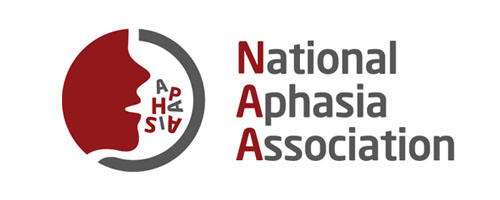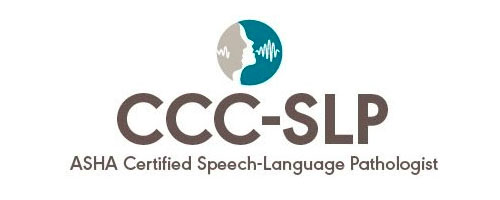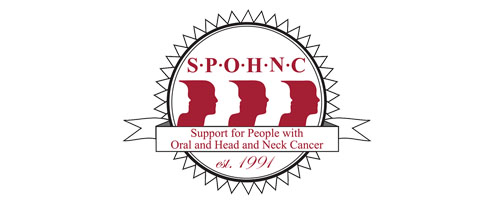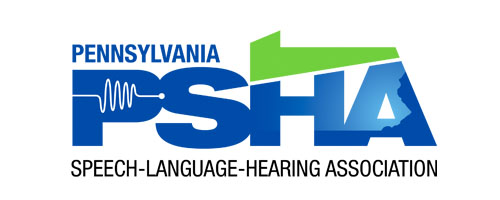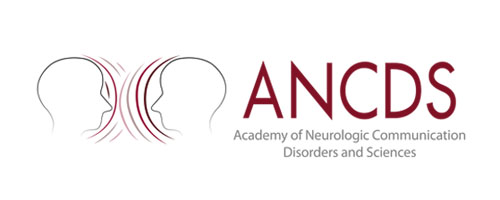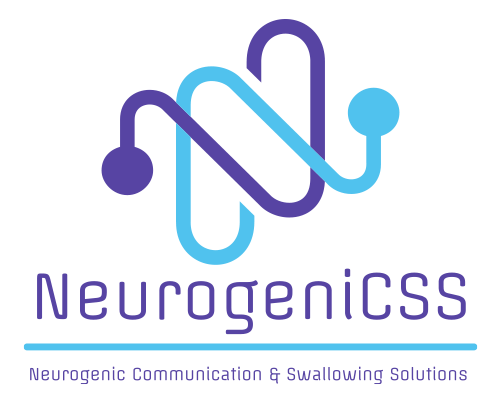
According to the CDC since the onset of the COVID-19 pandemic, 14% of people who’ve contracted the virus have been hospitalized. Nearly a third of those were admitted directly to intensive care units. Many patients have been placed on ventilation machines. The ventilator can deliver utterly necessary and life-saving treatment. But, sometimes an unfortunate side effect adversely impacts on the voice and swallowing. Swallowing and Speech therapy for COVID patients can help many people regain function.
How Does COVID-19 Affect Speech and Swallowing?
Acute respiratory distress syndrome from COVID-19 can lead to inflammation of the lungs. That causes some patients to need intubation, a breathing tube that aids respiratory functioning. The tube can cause tissue damage to the larynx and trachea, impacting the patient’s speech and swallowing abilities.
There are various ways that COVID-19 has been causing extreme difficulties for people who recover from the virus but find themselves coping with lasting problems, such as:
- Speech clarity: With the respiratory system functioning diminished by COVID-19, a patient may be left with chronic breathing difficulty, which causes reduced voice volume and speech clarity.
- Speech volume: Physical damage from intubation leaves some patients with conditions such as straining muscles as they strive to speak clearly at a regular volume.
- Speech cognition: Processing information for speech formulation can become challenging for patients due to COVID-related impacts.
- Swallowing impairment: Scar tissue or other damage to the trachea from intubation can lead to difficulty swallowing (dysphagia).
Risks from Untreated COVID Effects
Left untreated with swallowing or speech therapy after COVID, the lasting impacts of the virus and/or associated medical treatments on the throat can have broad-ranging consequences:
Speech impairment: Reduced capacity to communicate efficiently can negatively impact an individual’s life in myriad ways, including causing severe long-term professional, social, familial, and physical and mental health effects.
Swallowing impairment: Reduced capacity for eating efficiently can lead to malnutrition and dehydration. Loss of sensory experience in taste can lead to disinterest in eating and weight loss. Fear of failing to swallow foods with textures that are difficult to manage for dysphagia patients can be stressful and inhibit eating. Damage to the throat from intubation may cause a higher risk of choking, lung infection, or pneumonia. Those risks are due to potential “penetration” (food or fluid not passing beyond the vocal cords) or “aspiration” (food or fluid not passing beyond the trachea).
Treatment for Speech and Swallowing Issues
Rehabilitative therapy is essential for many people who have survived COVID-19 but have since struggled with speech and/or swallowing symptoms. Based on your diagnosis, your therapist will design a program for you that incorporates various evidence-based strategies and techniques grounded on core physical rehabilitation principles.
The motor planning and execution exercises will help retrain your brain for the necessary functional changes that will produce a sustainable long-term recovery. The process may include, for example:
- Swallowing rehab therapy: Functional drills and other activities are employed to increase your ability to eat and drink easily. For example:
-
-
- If muscle weakness is an issue, specific oral-motor drills or swallow-strengthening exercises may be incorporated into the therapy.
- Modifications of habits and techniques for helping you swallow safely may be part of the practice routine.
- Exercises for strengthening various aspects of swallowing, such as the Masako Maneuver, may be used to help improve tongue strength if needed.
-
-
- Speech rehab therapy: Vocal exercises and therapeutic strategies are precisely targeted to meet specific treatment needs, optimize outcomes, and reach goals as soon as possible. For example:
-
-
-
-
- Resonant-based exercises and semi-occluded vocal tract therapy methods can be used to help minimize muscle tension and improve resonance.
- Intensive vocal exercise protocols such as LSVT LOUD can be employed to strengthen the voice, enhance voice quality, and improve speech clarity.
- Exercises that help your voice box lift in your throat can be used to advance vocalization goals.
-
-
-
-
Speech and Swallowing Recovery Timelines
The time required to recover from the impact of COVID 19 on speech and swallowing depends on several factors. Those are the nature and severity of the issue(s), the intensity of the therapeutic program, and the patient’s motivation.
- Generally, to maximize motor learning, we recommend a higher intensity of therapeutic intervention. But, the individual program strategy is driven by the initial assessment results.
- You will also be able to work at home on independent exercises the Speech Therapist will design to help you make the most of your therapy program.
To advance at an optimal pace toward your speech or swallowing therapy goals, a treatment program of appropriate intensity and open communications with your therapist are essential.
It’s helpful to the process for you to feel free to address any expectations and anxieties you may be experiencing about your potential for progress or the therapeutic program.
Sharing your impressions of the exercises, activity recommendations, and suggested goals your therapist offers are encouraged and may help shorten the timeline for recovery.
The Mission of Your Speech and Swallowing Therapist
As clinicians, we recognize what our patients are experiencing in their struggle to overcome damage to their speech and/or swallowing abilities. We provide the education, training, and coaching needed for speech and swallowing therapy success.
We’re also here to offer the encouragement people need to weather the predictable temporary setbacks and continue regaining their communication skills and swallowing efficiency.
COVID-19 and the intubation it makes necessary in many cases has a damaging impact on the breathing, vocalizing, thinking, and swallowing abilities of many virus victims. If you are struggling with speech or swallowing ill effects of COVID-19 or side effects from treatment for the virus, treatment can help you restore your speech and swallowing abilities.
To deliver the most effective speech and swallowing therapy for these conditions, we consider the whole person throughout all components and aspects of our therapeutic process. We prioritize open communications with our patients. It’s a team effort for you and your therapist.
Speech Therapy for COVID-19 Survivors at NeurogeniCSS
Neurogenic Communication & Swallowing Solutions treats speech and swallowing disorders caused by many injuries and illnesses, including COVID-19. We offer Speech Therapy, Voice Therapy, and Swallowing Therapy. You can receive treatment in our comfortable clinic or from your own home via teletherapy online. Our state-of-the-art techniques for diagnosis and treatment of vocal and swallowing issues have helped many patients restore their quality of life.
Health insurance is accepted, including Medicare.

